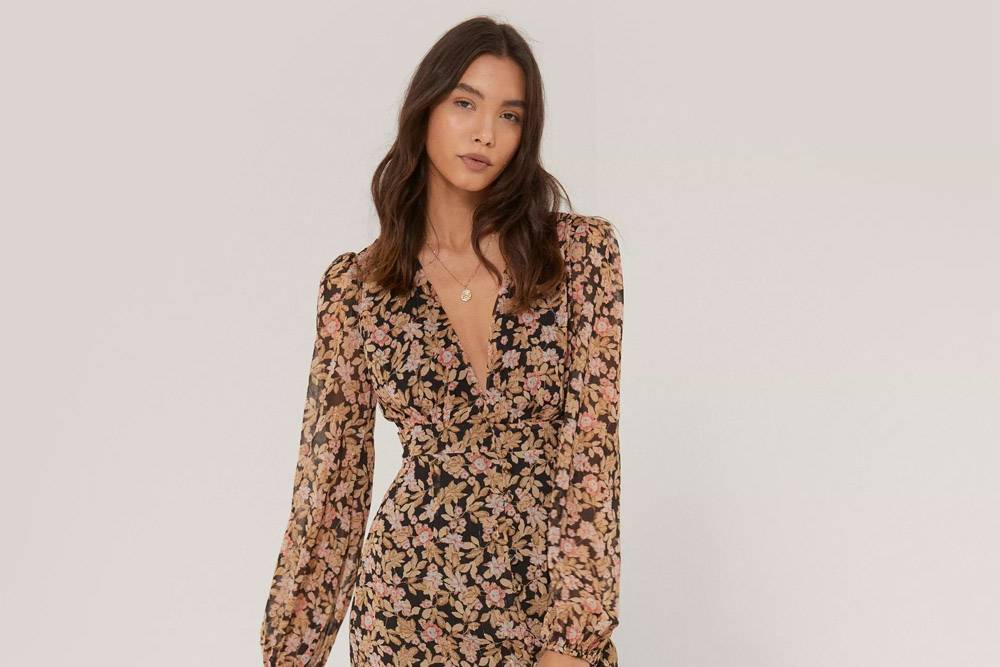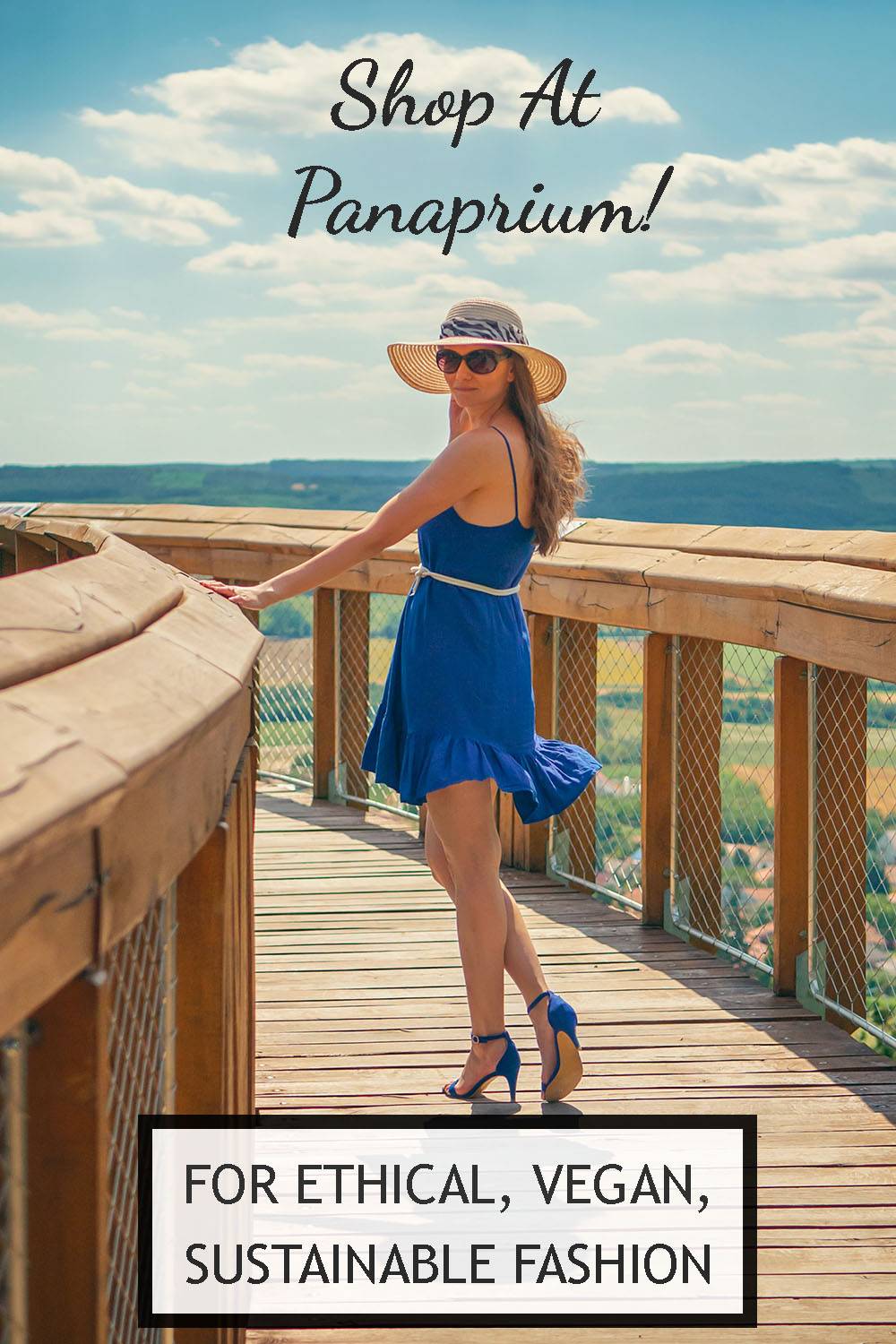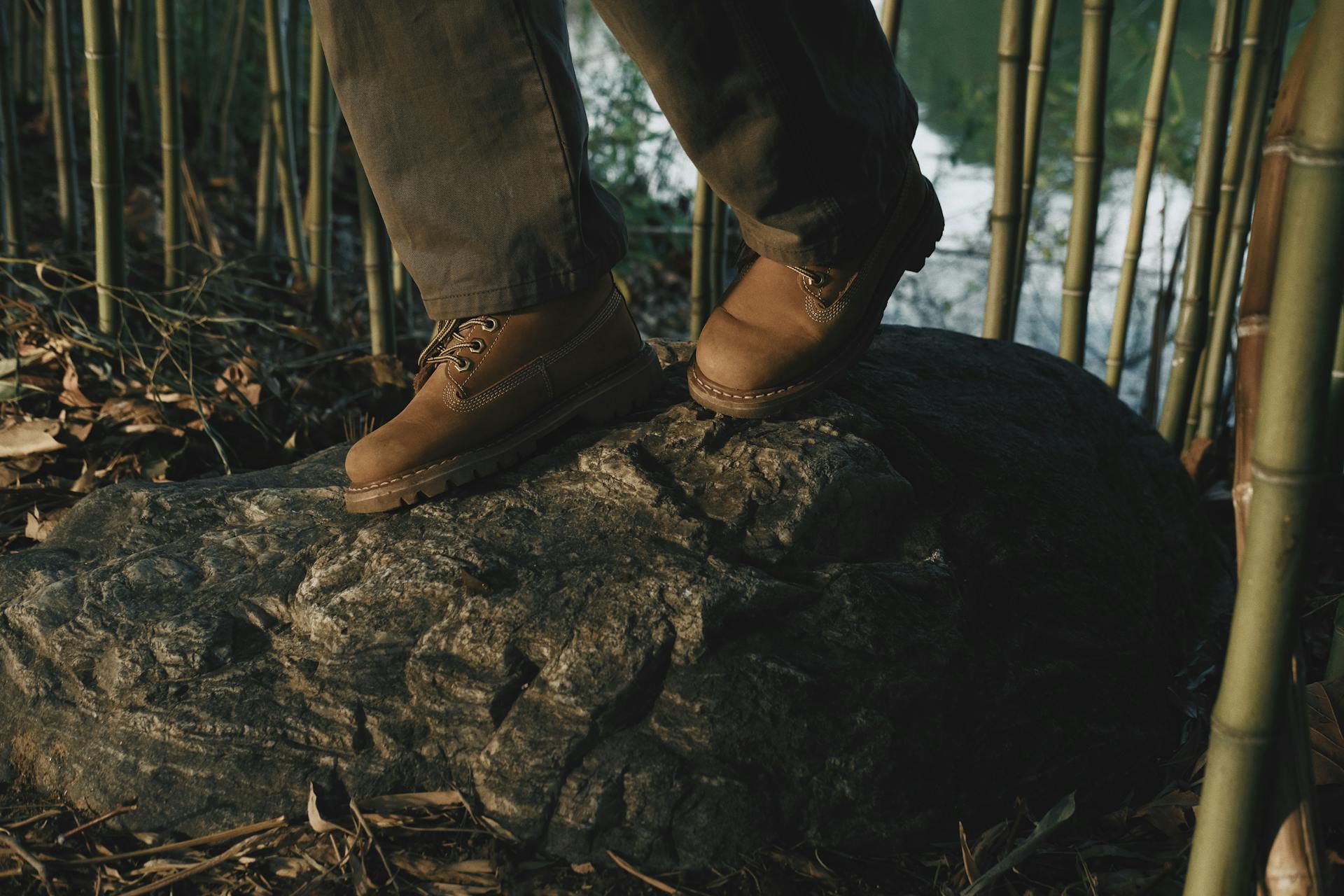
Nasty Gal is an American fashion retailer founded in 2006 in San Francisco by Sophia Amoruso. The multinational clothing-retail company creates fast fashion for young women.
Nasty Gal makes clothing, accessories, shoes, swimwear, beauty, and jewelry. The British fashion group Boohoo owns Nasty Gal and many other brands, such as Burton, Oasis, Coast, and more.
Nasty Gal has customers in more than 60 countries where it does business. It offers new clothing, shoes, and accessories for gals who know how to own it and have the confidence to just be themselves.
Nasty Gal is a fashion brand and clothing retailer based in Los Angeles, California, United States. It makes apparel, footwear, and accessories and offers a collection of basics, denim, knitwear, activewear, underwear, loungewear, swimwear, outerwear, bags, and accessories.
Panaprium is proud to be 100% independent, free of any influence, and not sponsored. We carefully handpick products from brands we trust. Thank you so much for buying something through our link, as we may earn a commission that supports us.
Sustainability Rating: 2/10
Rating FAQ
Category: Clothing, accessories, shoes, bags, jewelry
For: Women
Type: Basics, denim, knitwear, activewear, underwear, loungewear, swimwear, outerwear, nightwear, maternity, flats, sandals, heels, boots, sneakers
Style: Casual, formal, vintage
Quality: Low
Price: $
Sizes: petite, XS-2XL, 0-14 (US), 2-16 (UK), 32-44 (EU), 4-18 (AU), plus size
Fabrics: Cotton, linen, ramie, jute, lyocell, modal, viscose, acetate, polyester, nylon, spandex, polyethylene, acrylic, neoprene, polyurethane, rubber, leather, wool, silk, down
100% Organic: No
100% Vegan: No
Ethical & Fair: No
Recycling: Yes
Producing country: Albania, Bangladesh, Brasil, Bulgaria, Cambodia, China, Cyprus, Egypt, Estonia, Germany, India, Indonesia, Italy, South Korea, Madagascar, Mauritius, Moldova, Morocco, Myanmar, Pakistan, Portugal, Romania, Spain, Sri Lanka, Taiwan, Tunisia, Turkey, Ukraine, United Arab Emirates, United Kingdom, Vietnam
Certifications: no certification
Sustainability Practices
Nasty Gal takes wide-ranging measures to change its impact on the world, develop more eco-friendly clothing lines, and adopt better practices for focus areas like clothes, suppliers, and business.
The fashion retailer reduces its environmental footprint with vintage clothing, recycled products, and organic denim. It tackles urgent issues such as better materials, textile waste, and supply chain management.
Nasty Gal only uses a small proportion of organic materials such as organic cotton and linen or recycled materials such as recycled polyester and regenerated nylon.
Nasty Gal dedicates very few of its collections to sustainable fashion. "All Things Considered" is its selection of sustainable clothing pieces, including vintage treasures and organic denim jeans.
Most of the fabrics it uses are either natural without relevant certifications, such as cotton or linen, or synthetic petroleum-based fibers such as polyester, nylon, acrylic, and more.
Nasty Gal also uses a small amount of semi-synthetic fibers or regenerated cellulosic fabrics such as Tencel lyocell, modal, acetate, and viscose.
Tencel is an eco-friendly fiber made with wood pulp from certified sustainable forests. But only a tiny proportion of the materials used by Nasty Gal are environmentally friendly and sustainable.
Nasty Gal publishes a list of all its manufacturers on its corporate website, the Boohoo group. It aims to create great jobs, look after its people, and support local communities.
Boohoo is still facing accusations of sourcing clothes from factories and warehouses with disastrous working conditions. Its supply chain has poor health and safety records.
The online fashion giant is also facing modern slavery investigations for cases in Leicester where workers make clothes for the company. It was accused of using sweatshops to produce cheap clothing.
Boohoo now cares more about its suppliers with higher transparency and worker empowerment initiatives. But the brand still doesn't pay a living wage across its supply chain.
The 2021 Fashion Transparency Index gave Boohoo a score of only 20% based on how much the group discloses about its social and environmental policies, practices, and impacts.
Nasty Gal manufactures its clothes in China and many other East Asian countries, where human rights and labor law violations still happen every day.
The clothing retailer doesn't show any labor certification standard that ensures good working conditions, decent living wages, health, safety, and other crucial rights for workers in its supply chain.
Nasty Gal has a code of conduct that applies to all its suppliers and subcontractors to understand the risks facing workers and make positive changes throughout its supply chain.
Nasty Gal assesses compliance with its Code of Conduct by informal visits. It works with a team of experts to improve the working conditions in its factories.
Nasty Gal is part of industry initiatives such as the Sustainable Apparel Coalition, Sustainable Clothing Action Plan, and the Microfibre Consortium.
Nasty Gal doesn't use exotic animal skin, hair, fur, or angora. But it uses leather, wool, silk, and down feathers to manufacture many of its clothing pieces.
These animal-derived materials are cruel and unethical. They also harm the environment by producing greenhouse gases and wastes. More sustainable alternatives exist.
Sustainability Goals
Nasty Gal has committed to reducing its environmental impact across the entire supply chain. It plans to make all customer garment packaging reusable, recyclable, or compostable by 2023.
Nasty Gal also aims for a 50% recycled content minimum for any plastic used. All its polyester and cotton will be recycled or more sustainably sourced by 2025.
Nasty Gal has committed to more sustainable sourcing all the materials it uses in its garments by 2030. By 2025, all 50% of its man-made cellulosic fibers will be more sustainably sourced.
Nasty Gal will have introduced design innovations to reduce waste, increase durability and improve recyclability by 2025.
Nasty Gal plans to map its raw materials supply chain for key fibers and continue disclosing its supplier information and improve its purchasing practices by 2023.
Nasty Gal will be developing its plans on water, chemicals, biodiversity, and microfibers by 2023.
Buy Here
Discover Nasty Gal's sustainable collections at Nastygal.com.
Reviews And Experiences With Nasty Gal
Have you had (good) experiences with shopping at or the products of Nasty Gal? Then leave us your rating below.































0 comments